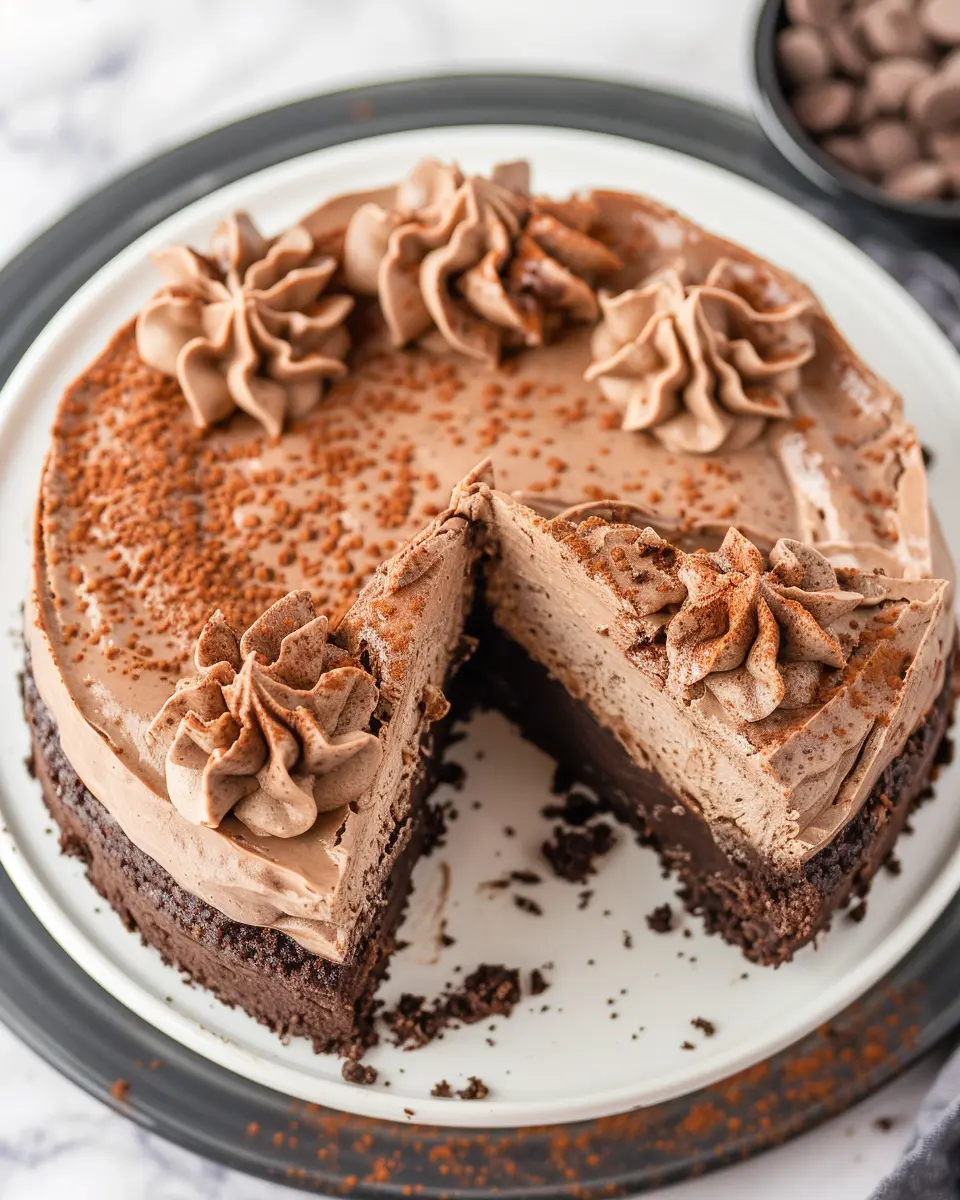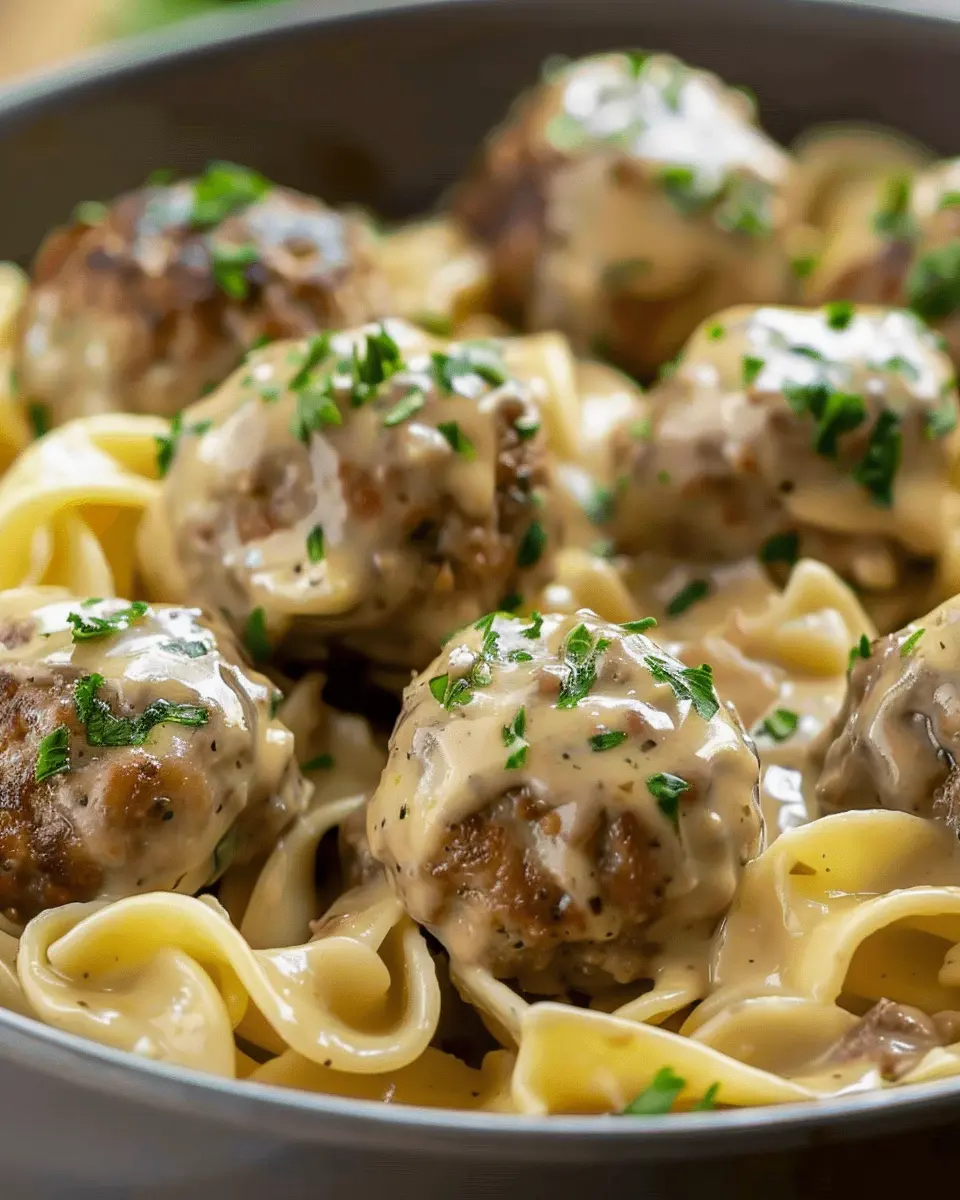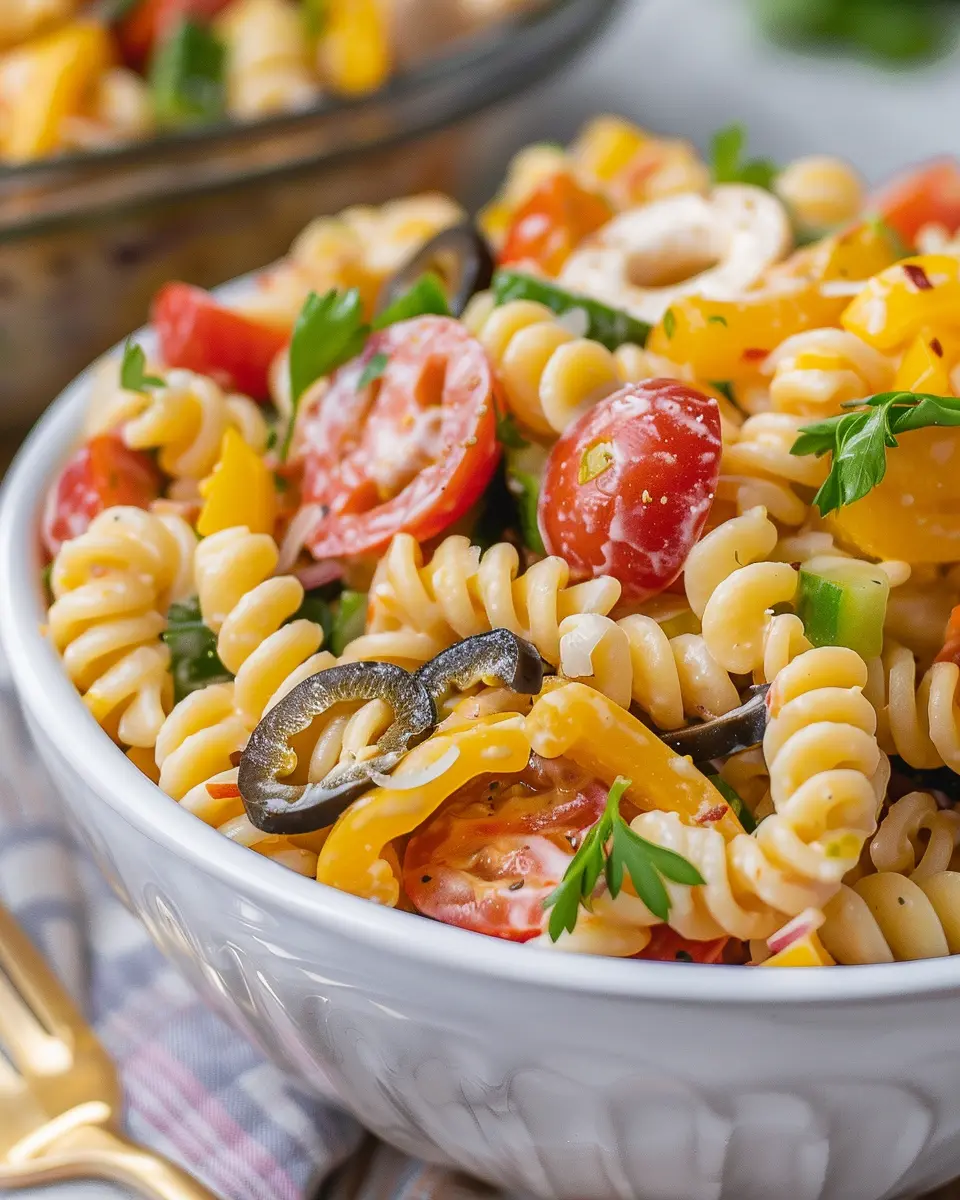Introduction to Overnight Pizza Dough
Making homemade pizza is a game-changer for young professionals looking to enjoy delicious meals without the hassle of dining out. With busy schedules and pressing deadlines, the last thing you want is to settle for subpar takeout or rely solely on frozen meals. Preparing your own pizza offers a chance to get creative and connect with your food while being affordable and healthier than many restaurant options. Imagine inviting friends over for a pizza night where everyone can choose their own toppings and share laughs—sounds perfect, right?
One of the most convenient ways to elevate your pizza-making game is by using overnight pizza dough. This method not only saves you time but also enhances the overall flavor and texture of the crust. By allowing the dough to rise slowly in the fridge overnight, you give the yeast ample time to develop those delicious flavors that make all the difference. According to culinary experts, the fermentation process can result in a more complex taste, leading to a crust that’s crispy on the outside and wonderfully chewy on the inside.
The Sweet Perks of Overnight Pizza Dough
Using overnight pizza dough is all about efficiency without sacrificing quality. Here are some key benefits to consider:
- Time-Saving: Prepare the dough the night before, and it’s ready to roll the next day, fitting perfectly into your scheduling mosaic.
- Enhanced Flavor: The slow rise contributes to a more pronounced taste and texture—your pizza will taste like it came from a top pizzeria.
- Versatile: You can easily customize your pizza with your favorite toppings, from lean proteins like turkey bacon and chicken ham to fresh vegetables and gourmet cheeses.
- Leftover-Friendly: Make a big batch and store extra dough in the freezer for spontaneous pizza cravings later in the week.
Incorporating overnight pizza dough into your routine not only simplifies meal prep but also adds a fun and satisfying element to your culinary repertoire. Next time you’re craving pizza, why not make it an adventure in your own kitchen? To learn how to make this delightful dough, check out more detailed guides on pizza-making techniques or tips for perfecting your oven method.

Ingredients for Overnight Pizza Dough
When it comes to creating the perfect overnight pizza dough, the quality of your ingredients can make all the difference. Here’s a breakdown of the essential ingredients you’ll need.
Essential ingredients you’ll need
- All-purpose flour: The backbone of your dough, high-protein flour gives it structure. Aim for around 500g.
- Water: Use lukewarm filtered water (about 350ml). It activates the yeast and aids gluten development.
- Salt: About 10g enhances flavor and strengthens the dough.
- Yeast: Instant yeast works best. Just a teaspoon helps your dough rise beautifully.
- Sugar: A pinch of sugar (about 5g) nourishes the yeast and adds a touch of sweetness.
- Olive oil: A tablespoon adds richness, improving texture and taste.
Tips on selecting high-quality ingredients
Choose organic flour whenever possible; it tends to be fresher and more flavorful. For your yeast, look for reputable brands, as they are more reliable for rising. Using extra virgin olive oil can elevate your dough, adding a lovely aroma and depth of flavor. Remember, quality ingredients lead to a better homemade pizza experience!
For more tips on ingredient selection, check out Serious Eats or The Kitchn. These sites offer great insights into pantry staples and cooking essentials that can enhance your pizza-making journey!
Preparing Overnight Pizza Dough
Making overnight pizza dough is a game-changer for any pizza lover. The beauty of this recipe lies in its simplicity and the incredible flavor that develops overnight. Here’s a detailed guide to help you through the process, ensuring your pizza night is a delightful success.
Measure and Mix the Ingredients
Let’s kick things off with the essentials: ingredient measurement. You’ll need:
- 4 cups all-purpose flour
- 1 ½ teaspoons salt
- 1 teaspoon instant yeast
- 1 ½ cups lukewarm water
Start by whisking the dry ingredients together in a large mixing bowl. Mixing salt, yeast, and flour evenly prevents any clumping, giving your overnight pizza dough a uniform rise. Once combined, pour in the lukewarm water. By using lukewarm water, the yeast wakes up gently, promoting even fermentation. Stir until a shaggy dough forms — it’s okay if it’s a bit sticky!
If you’re eager to dive deeper into the science of baking, the King Arthur Baking Company offers excellent insights on yeast and flour interactions.
Creating the Dough and Initial Rise
Now that your ingredients are mixed, it’s time to form that dough! Use your hands to bring the mixture together into a rough ball. Don’t worry if it doesn’t look perfect at this stage; that’s completely normal.
Cover the bowl with a clean kitchen towel or plastic wrap and let it rise at room temperature for about 30 minutes. This initial rise is essential because it starts the fermentation process, prepping your dough for flavor development.
After this first rise, you’ll notice that the dough has expanded slightly. This is a positive sign! It means the yeast has begun doing its job.
The Folding Technique Explained
The next step involves a technique called “stretch and fold.” This method not only helps strengthen your dough but also encourages air to get trapped inside, creating those delightful bubbles when baked. Here’s how to do it:
- Lightly flour your countertop.
- Gently turn the dough out onto the floured surface.
- With floured hands, stretch one side of the dough outwards, then fold it back onto itself.
- Repeat for all four sides.
This folding technique should be done about every 30 minutes for the next two hours. Aim for three or four folds; you’ll feel that the dough begins to tighten up beautifully, setting the stage for incredible texture. If you want to learn more about dough development, Serious Eats has some great articles.
Refrigeration: Why Overnight is Best
Once you’ve completed the folding, place the dough back into its bowl, cover it, and place it in the refrigerator overnight. Why is overnight fermentation beneficial?
- Flavor Development: The extended time allows the yeast to work slowly, resulting in a dough that’s deeply flavored. You’ll be amazed at the complex taste that develops!
- Better Texture: Slow fermentation leads to a dough that’s chewy in the center and crisp on the edges. This texture is what we all dream about when we think of that perfect pizza crust.
Using cold fermentation is not just a culinary hack; it’s a technique embraced by professional pizzerias around the globe!
When you’re ready to make your pizza, take the dough out of the refrigerator and let it come to room temperature for about 30 minutes. This step makes the dough easier to stretch without tearing.
Incorporating these steps into your pizza-making routine will transform your overnight pizza dough into something extraordinary. Your friends and family will be asking for your secret when they taste the result. Happy pizza-making!

Variations on Overnight Pizza Dough
Exploring variations on overnight pizza dough is a delightful journey that can inspire creativity in your kitchen. Let’s take a look at three delicious options that cater to different dietary preferences.
Whole Wheat Overnight Pizza Dough
Whole wheat flour is a fantastic way to boost the nutrition of your pizza. It adds a nutty flavor and a hearty texture that’s perfect for a more wholesome meal. Simply substitute half or all of the all-purpose flour in your base recipe with whole wheat flour. Keep in mind that this might require adjusting your water content slightly, as whole wheat flour tends to absorb more moisture. Check out this resource on whole wheat baking for more tips on getting that perfect crust.
Gluten-Free Overnight Pizza Dough
For those avoiding gluten, crafting a gluten-free overnight pizza dough is easier than you think! Using a blend of gluten-free flours such as almond flour, rice flour, or a pre-made gluten-free flour mix can yield fantastic results. Add in some xanthan gum to replicate that chewy texture we all love. Just remember, dough consistency is key, so don’t hesitate to tweak the water or flour ratio until it’s just right. Here’s a great guide to gluten-free cooking to get you inspired.
Herb-Infused Overnight Pizza Dough
If you love bold flavors, herb-infused overnight pizza dough is a must-try! Incorporating fresh herbs like basil, oregano, or rosemary can elevate your pizza game. Simply mix chopped herbs into the dough before letting it rest overnight, and you’ll wake up to a fragrant delight. It’s an easy way to impress friends or family, and it pairs beautifully with a mix of fresh toppings. Combine this with seasonal vegetables for a delightful explosion of flavors.
No matter which variation you choose, each offers a unique take on that classic pizza experience. So, why not get adventurous in the kitchen? Your taste buds will thank you!
Cooking tips for perfect Overnight Pizza Dough
Importance of proper flour measurements
Getting the right amount of flour is crucial for your overnight pizza dough. Too much flour can make your dough dense, while too little may make it too sticky. Use a kitchen scale for precise measurements, or fluff the flour and spoon it into your measuring cup before leveling off. This guarantees a consistent result every time.
How to achieve the ideal crust texture
For that perfect crust, hydration is key. A higher water-to-flour ratio can give you a chewy texture, while lower hydration results in a crispier crust. Experiment with different hydration levels, but a 65% hydration rate works wonders for most home bakers. Additionally, let your dough rest at room temperature for 30 minutes before shaping to improve elasticity and ease rolling. For expert tips, check out Serious Eats.
Preheating your oven correctly
A well-preheated oven is essential for achieving that restaurant-quality pizza. Preheat your oven to the highest setting, ideally around 500°F (260°C), at least 30 minutes before baking. Using a pizza stone can create a crispier bottom, so place it in the oven while it preheats for added effectiveness. The right temperature and preparation can elevate your overnight pizza dough to new heights!

Serving Suggestions for Your Homemade Pizza
Creating the perfect meal with your overnight pizza dough is only the beginning. Let’s dive into some enjoyable serving suggestions that will elevate your pizza night.
Classic Topping Combinations
Sometimes, the classics are the best! Consider these timeless combinations:
- Margherita: Fresh mozzarella, basil, and a drizzle of olive oil.
- Pepperoni and Cheese: The beloved mix of spicy turkey pepperoni and gooey mozzarella.
- BBQ Chicken: Grilled chicken ham, red onions, and a sweet BBQ sauce.
These classics never fail to impress!
Creative and Unique Topping Ideas
Want to shake things up? Try these adventurous toppings:
- Mediterranean Delight: Feta cheese, olives, and sun-dried tomatoes for a zesty bite.
- Breakfast Pizza: Scrambled eggs, turkey bacon, and avocado for a morning treat at any hour.
- Sweet and Savory: Fresh figs, prosciutto, and a sprinkle of arugula transform your pizza into a gourmet experience.
Experiment and find your favorite!
Pairing Sides and Dips with Pizza
Completing your meal with complementary sides can enhance your experience. Consider:
- Fresh Salad: A simple arugula or caesar salad adds a refreshing crunch.
- Garlic Knots: Soft, buttery knots for a comforting touch.
- Dips: Marinara, ranch, or spicy garlic sauce provide that extra flavor kick.
These sides not only elevate your homemade pizza but also encourage good conversation and enjoyment.
For more tips on pizza pairing, check out this guide. Happy pizza crafting!
Time Breakdown for Overnight Pizza Dough
Preparation time
Getting ready for your overnight pizza dough is a breeze! Spend about 10-15 minutes mixing and kneading the ingredients. It’s all about combining flour, water, yeast, and salt—simple, right?
Fermentation time
Now, let the magic happen! The dough requires approximately 12-14 hours to ferment in the refrigerator. This slow fermentation process enhances flavor and texture, resulting in that perfectly chewy crust we all love.
Baking time
When you’re finally ready to enjoy your homemade pizza, preheat your oven and bake for about 10-15 minutes. You’ll see and smell that delicious golden crust in no time!
Total time overview
Adding it all up, you’re looking at around 12-14 hours for fermentation, plus a quick 10-15 minutes for prep and baking. Planning your overnight pizza dough the night before means you’ll be just an hour away from pizza perfection the next day! For more tips on fermentation science, check out Serious Eats where they dive deeper into baking techniques.
Nutritional Information for Overnight Pizza Dough
Calories and Macros per Serving
When you’re crafting your own overnight pizza dough, knowing its nutritional profile can help you make informed choices. Typically, a single serving (about 1/4 of the recipe) contains approximately:
- Calories: 200
- Carbohydrates: 38g
- Protein: 7g
- Fat: 2g
These values can vary slightly based on your specific ingredients. For a detailed breakdown, check out resources like MyFitnessPal or NutritionData.
Health Benefits of Homemade Dough
Choosing homemade overnight pizza dough offers several perks:
- Control Ingredients: You get to choose quality ingredients, avoiding preservatives common in store-bought options.
- Freshness: The taste of fresh dough can elevate your pizza experience, making it more enjoyable.
- Nutrition: You can easily modify recipes to include whole grains or even add herbs for extra flavor and health benefits.
Creating your own dough can be an exciting culinary adventure, plus it allows you to impress friends with your newfound culinary skills! Consider exploring articles on The Kitchn for more insights on healthy cooking. Remember, nothing beats the satisfaction of crafting a meal from scratch!
FAQs about Overnight Pizza Dough
How long can I keep dough in the fridge?
Once you’ve made your overnight pizza dough, you can store it in the fridge for up to 3 days. Just ensure it’s well-covered, either in an airtight container or tightly wrapped in plastic wrap. This helps prevent it from drying out or absorbing fridge odors. If you’re unsure about the freshness, give it a sniff—if it smells yeasty and flavorful, you’re good to go!
Can I freeze overnight pizza dough?
Absolutely! Freezing your overnight pizza dough is a fantastic way to save time for future pizza nights. After your dough has risen, simply wrap it tightly in plastic wrap and then place it in a freezer bag. It can last up to 3 months in the freezer. When you’re ready to use it, just thaw it overnight in the fridge. This slow thaw allows the dough to rise and develop even more flavor!
Why is overnight fermentation beneficial?
Overnight fermentation is a game-changer for pizza dough. By allowing the dough to rest for an extended period, the yeast has more time to work its magic. This results in:
- Enhanced flavor: A longer fermentation period creates a richer, more complex taste.
- Better texture: The slow rise helps develop gluten, giving you that coveted chewy crust.
- Easier digestion: Fermentation breaks down gluten and makes the nutrients more available, which is a plus for many.
For more on bread fermentation, I recommend checking out King Arthur Baking for their insights on this process.
Embracing overnight dough preparation not only maximizes flavor but also elevates your home-cooked pizza experience, bringing that pizzeria authenticity straight to your kitchen. Enjoy crafting your perfect pie!
Conclusion on Overnight Pizza Dough
Recap the joy of homemade pizza
There’s something truly magical about the process of making homemade pizza. The aroma of fresh dough rising, the thrill of kitchen creativity, and the satisfaction of crafting your own toppings can transform a simple meal into a memorable experience. With overnight pizza dough, you unlock the potential for delightfully flavorful crusts that truly elevate your pizza night.
Encouragement to make your own dough
So, why not roll up your sleeves and try making your own overnight pizza dough? It’s easier than you might think and adds a special touch to any gathering. Plus, think of all the customizations you can explore—vegan, veggie, or loaded with turkey bacon and chicken ham!
For more inspiration on perfecting your pizza, check out resources like Serious Eats or Bon Appétit. Now, go get that dough started—your taste buds will thank you!
PrintOvernight Pizza Dough: The Easy Way to Homemade Perfection
A simple and effective recipe for making overnight pizza dough that leads to a perfect homemade pizza.
- Prep Time: 15 minutes
- Cook Time: 10 minutes
- Total Time: 18 hours 25 minutes
- Yield: 2 pizza crusts
- Category: Baking
- Method: No-knead
- Cuisine: Italian
- Diet: Vegetarian
Ingredients
- 4 cups all-purpose flour
- 1 1/2 teaspoons salt
- 1/4 teaspoon instant yeast
- 1 3/4 cups water
Instructions
- In a large bowl, mix the flour, salt, and instant yeast.
- Add the water and stir until a shaggy dough forms.
- Cover the bowl with plastic wrap and let it sit at room temperature overnight.
- The next day, flour your work surface and turn the dough out. Divide and shape as desired.
- Let the dough rest for 30 minutes before stretching and baking.
Notes
- For best results, use a kitchen scale to measure flour.
- Experiment with different flours for unique flavors.
Nutrition
- Serving Size: 1 slice
- Calories: 200
- Sugar: 0.5g
- Sodium: 350mg
- Fat: 1g
- Saturated Fat: 0g
- Unsaturated Fat: 0.5g
- Trans Fat: 0g
- Carbohydrates: 42g
- Fiber: 2g
- Protein: 6g
- Cholesterol: 0mg












